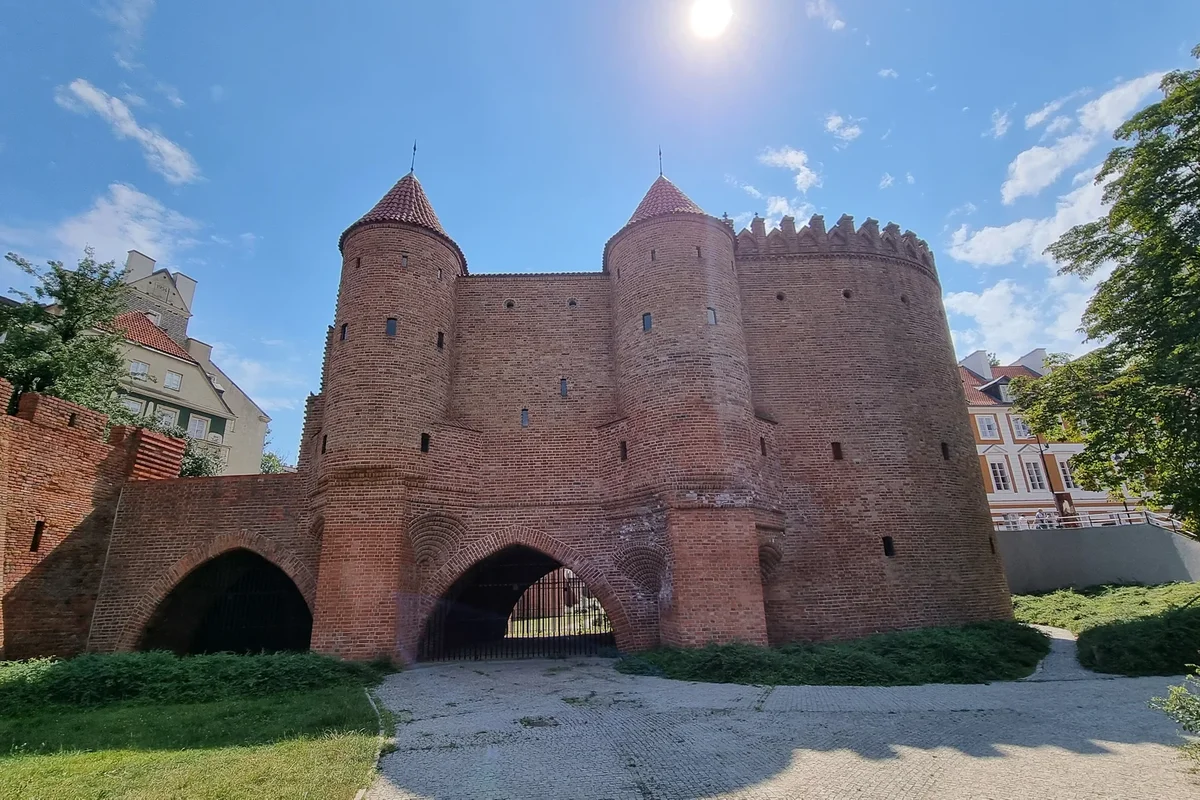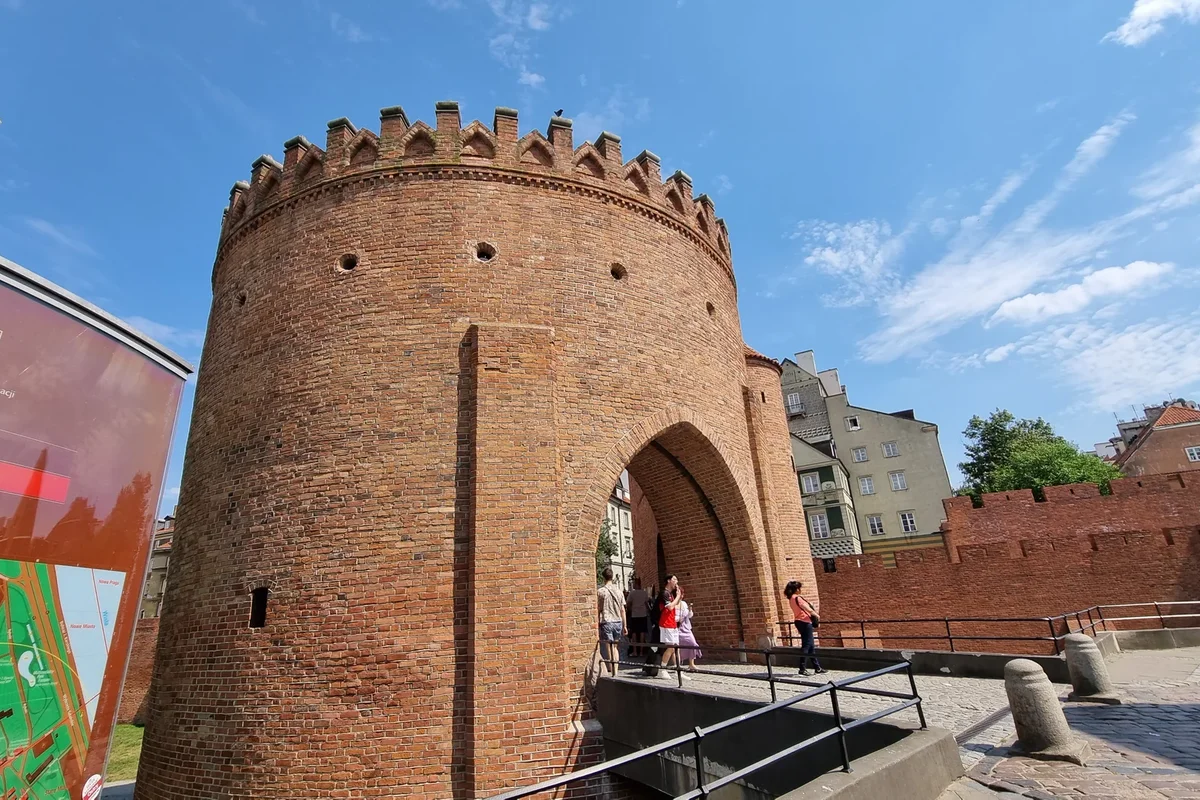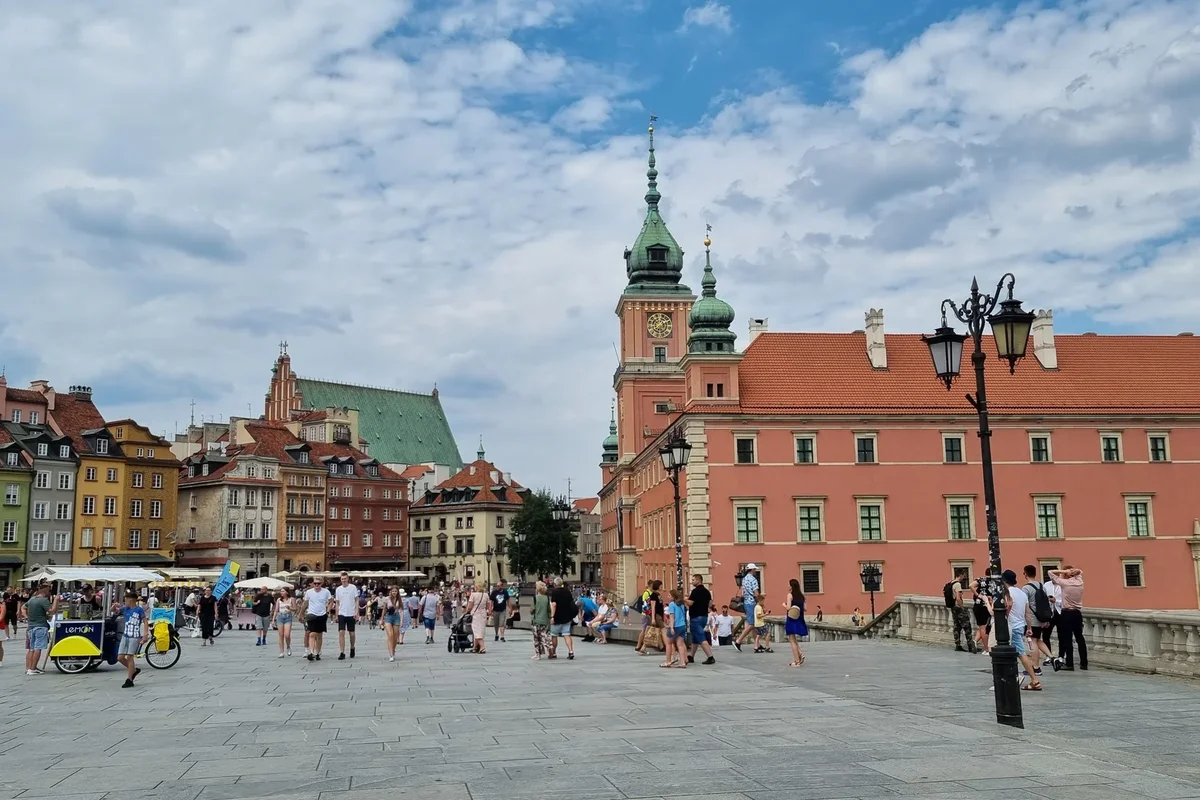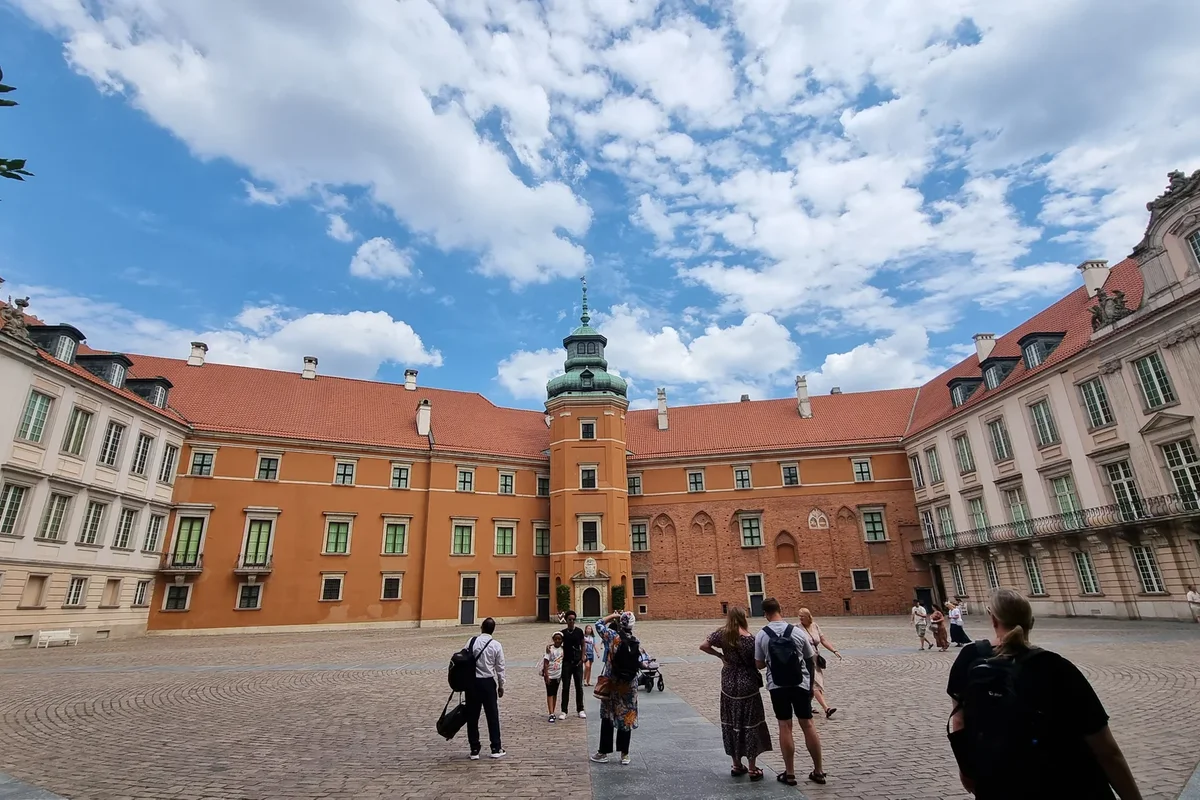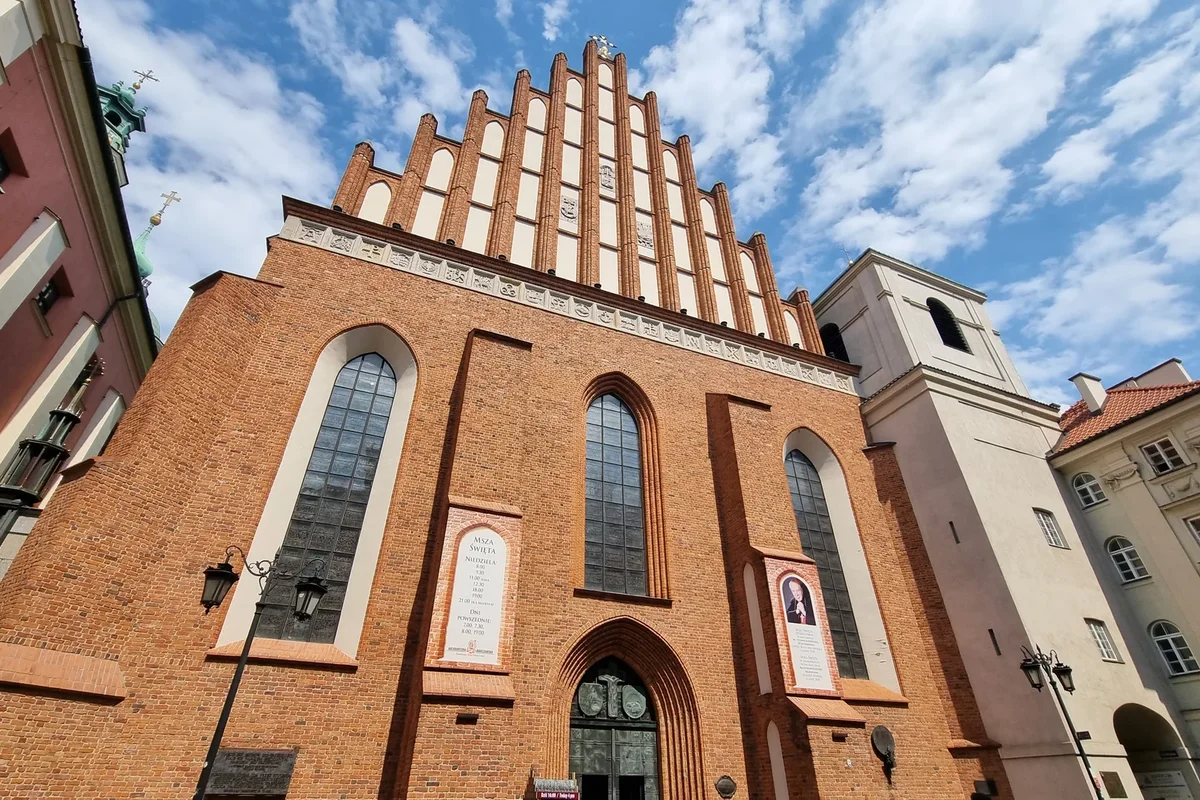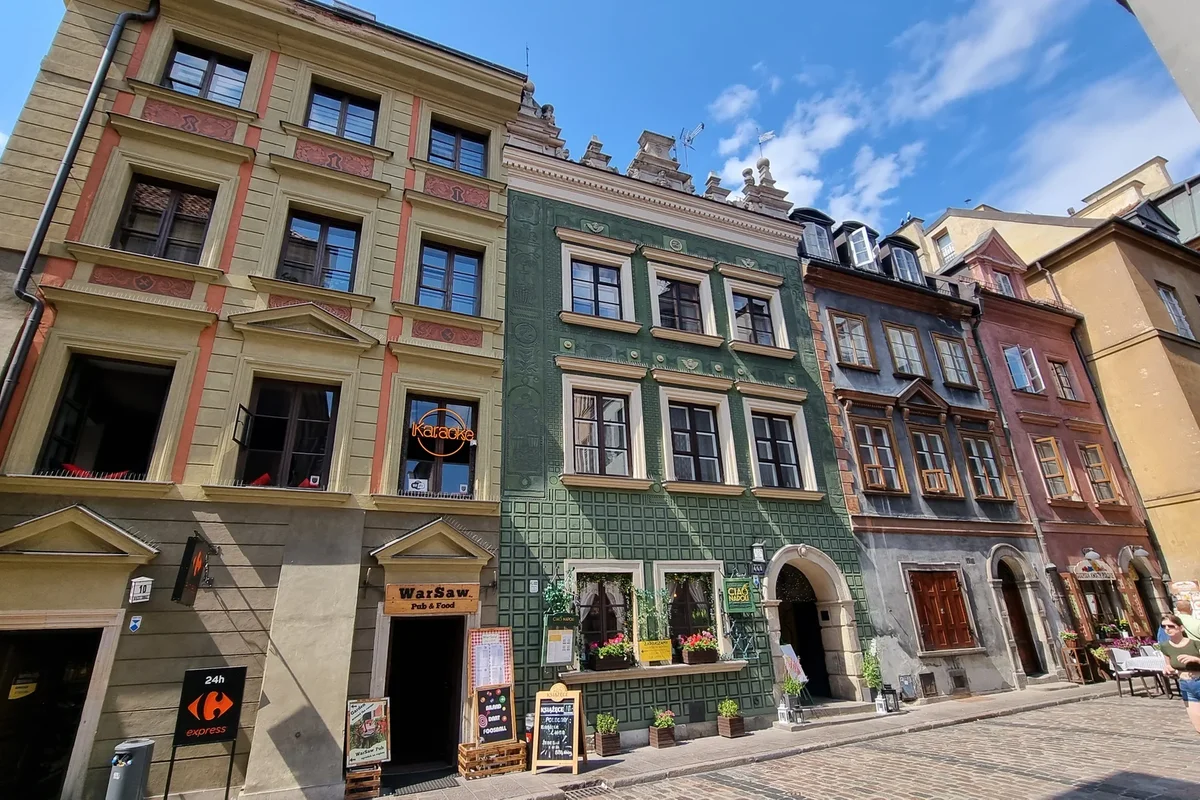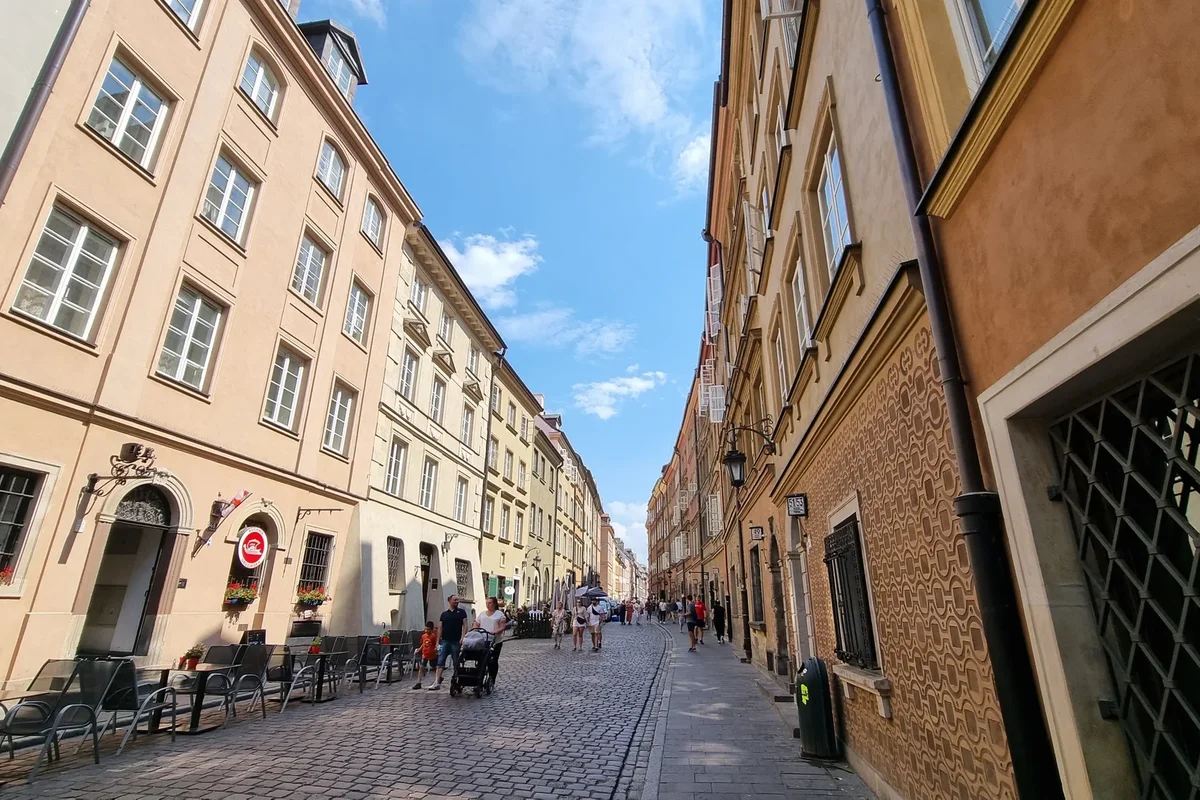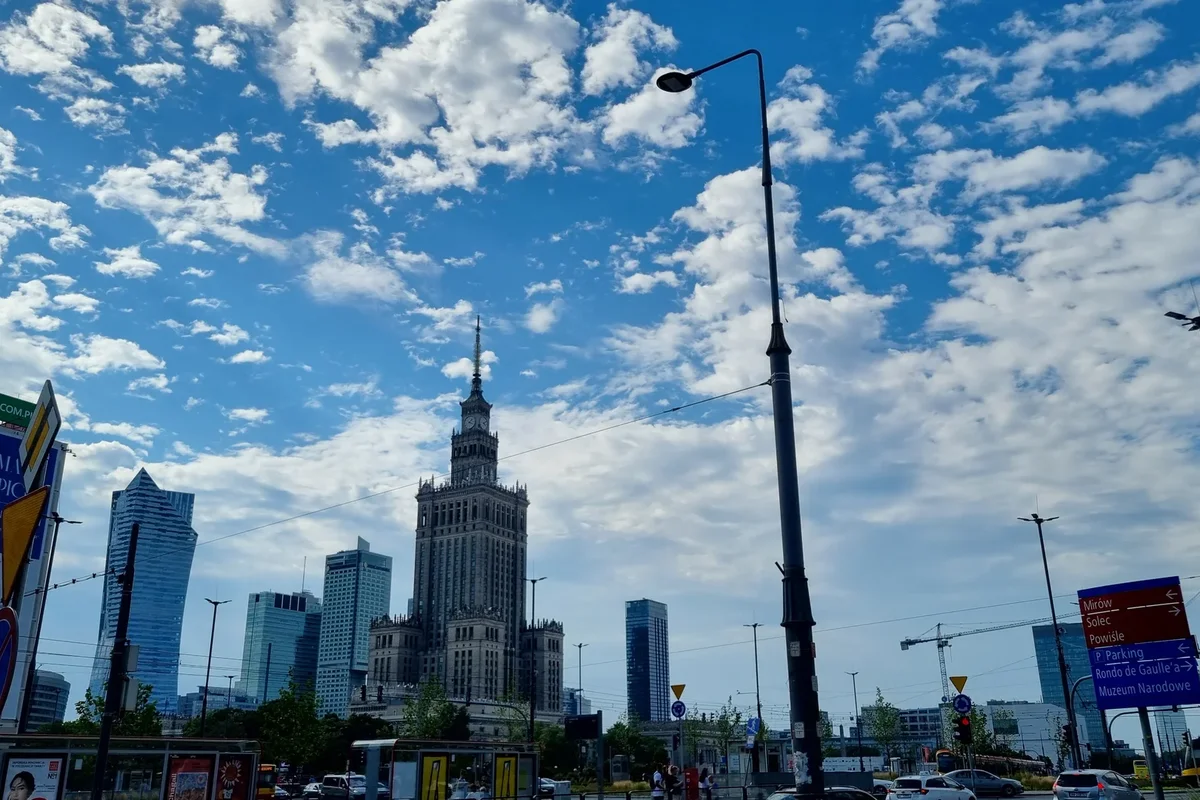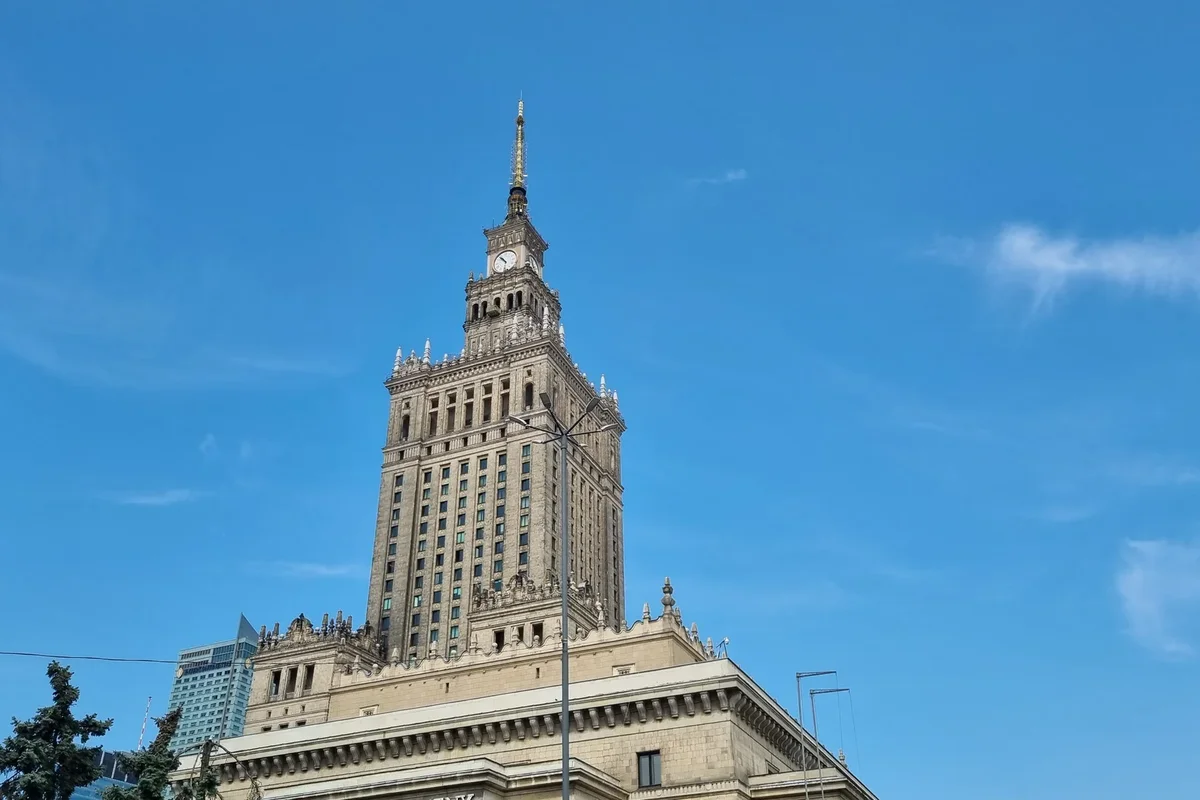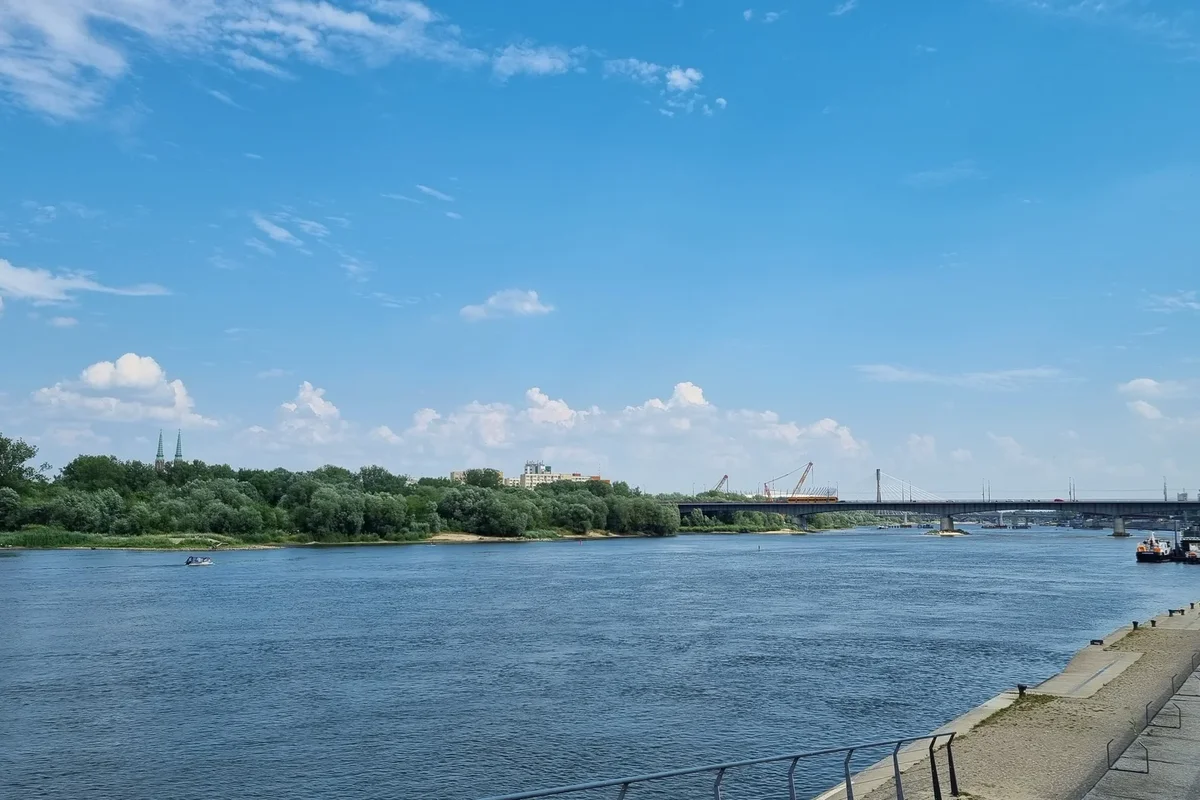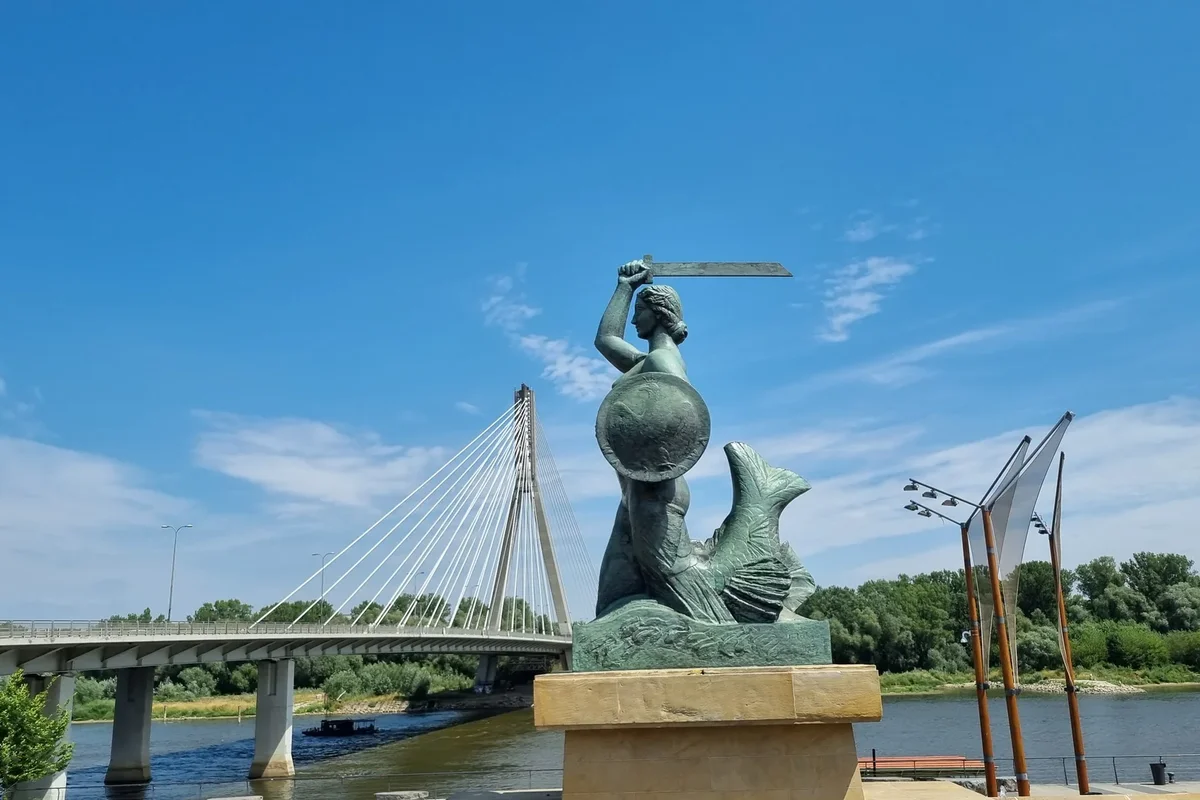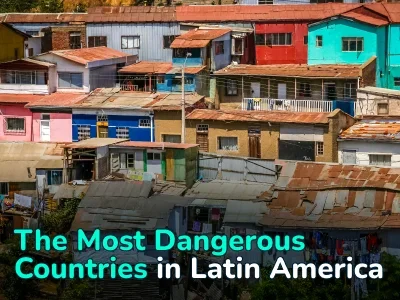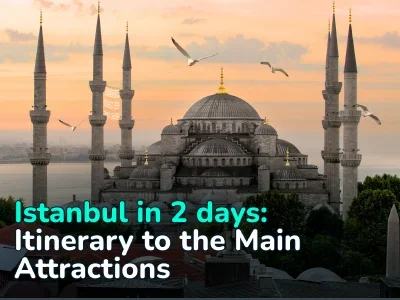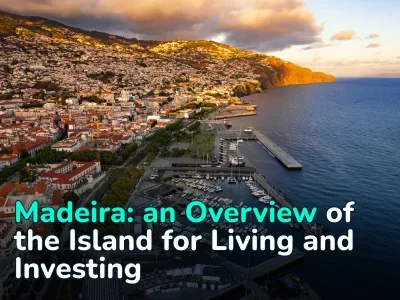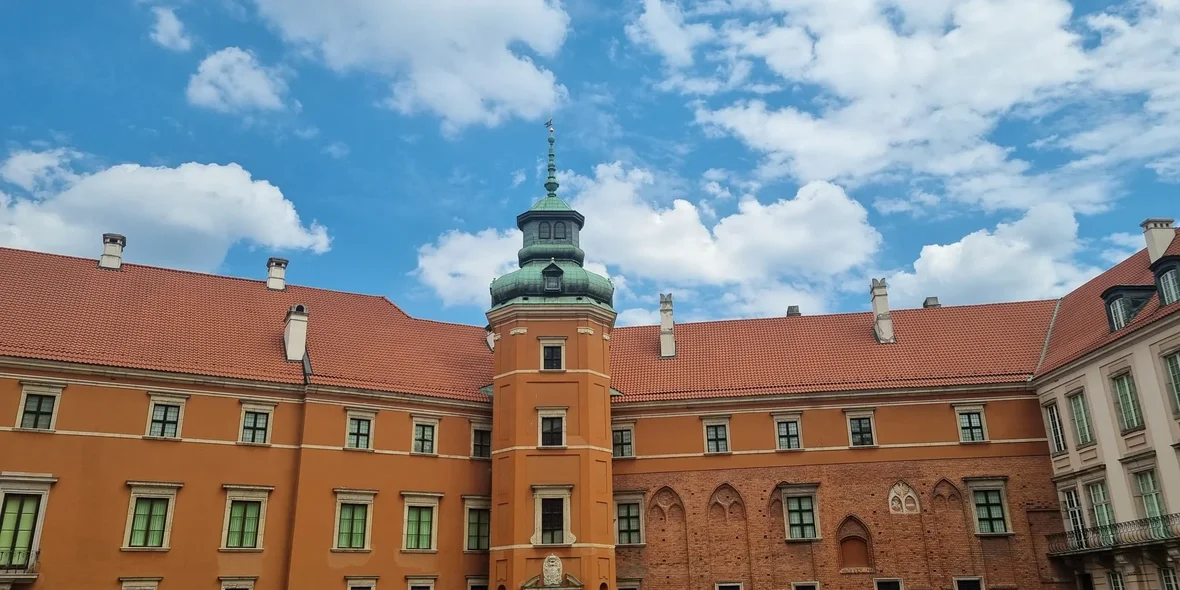
Warsaw: Where to Go and What to See in 2 Days
Warsaw was founded in the 13th century, making it one of the oldest capitals in Europe, along with Paris and Prague. Many military companies passed through its territory, destroying the historical appearance of the capital of Poland. The city suffered the most during World War II, but in peacetime, architectural monuments were carefully restored.
One of these was the Old Town, which is now on the UNESCO list and neighbors modern skyscrapers of business centers, creating a contrast between history and modernity.
We have prepared a two-day route around Warsaw through the main attractions of the city, taking into account transport and places where you can stop for a snack.
Transport in Warsaw
Warsaw’s public transport includes the metro, trams, buses and SKM city trains. The system divides transport into zones 1 and 2, most tourists need tickets in the first zone, as it covers the city itself, while zone 2 is needed for travel in the suburbs. ZTM tickets are the same for all types of transport in zone 1 (metro, buses, trams, SKM trains).
Types of travel tickets in Warsaw:
|
Ticket type |
Full tariff |
Preferential tariff |
Terms of use |
|
20-minute ticket |
3,40 zł |
1,70 zł |
For short trips without transfers or with one transfer. |
|
75-minute ticket |
4,40 zł |
2,20 zł |
Allows you to travel for 75 minutes with any number of transfers. |
|
90-minute ticket |
7,00 zł |
3,50 zł |
Suitable for zones 1+2 or complex routes. |
|
Daily (24 hours) |
15,00 zł |
7,50 zł |
Unlimited use of all types of transport within 24 hours from the moment of activation. |
|
3-day (72 hours) |
36,00 zł |
18,00 zł |
Convenient for a weekend or a full-fledged tourist visit. |
|
Group (75 minutes) |
22,00 zł |
– |
Up to 10 people, all participants must ride together. Zone 1 only. |
|
Group weekend |
40,00 zł |
– |
Up to 5 people. Valid from Friday 19:00 to Monday 8:00. Zones 1 and 2 included. |
Discount tickets are available for children aged 7 to 16, students up to 26 with an ISIC card and other categories (you need a document with a photo and date of birth). Children under 7, Warsaw schoolchildren and people over 70 (with a document) can use transport for free.
For long-term travel cards, it is better to apply for a Warsaw City Card (Warszawska Karta Miejska). It is used for contactless payment for travel. You can apply for it at a ZTM office, but you will need to provide a passport and take a photo (right in the office). The card is free only when issued for the first time, when reissued you will have to pay 14.00 zł.
For tourists, there is a special tourist card Warsaw Pass, which includes not only a travel card on transport, but also discounts on museum visits. Some museums can be visited for free with it.
Warsaw Pass prices:
|
Duration |
Price (PLN) |
Price ≈ (USD) |
What includes |
|
24 hours |
179 zł |
≈ 44 $ |
20+ attractions, priority, discounts |
|
48 hours |
219 zł |
≈ 54 $ |
Same + 2 days of activity |
|
72 hours |
249 zł |
≈ 62 $ |
Same + 3 days of activity |
It is profitable to buy it if you plan to visit 3–6 attractions in 1–2 days (you can save up to 50%). But if 1-2 objects, walks and rest are a priority, it is cheaper to buy tickets separately.
Where Can You Buy Tickets
Tickets can be purchased at ZTM ticket offices at major stations for cash or by card. Kiosks with the sign “Bilety” or the RUCH logo (green and yellow) at train stations and in the city center usually require cash, but sometimes they also accept cards. On some buses (mostly night buses), you can buy a ticket from the driver, but only for cash and in local currency.
Another option is special machines at metro stations, major stops and new trams. They are more suitable for foreigners, as the interface supports English, and you can use Visa and MasterCard for payment.
You can also use the Jakdojade mobile application (iOS/Android, in English). You can buy tickets and plan routes through it. But it is not the only one in Warsaw, there are also moBilet, mPay, SkyCash, zBiletem.
Payment for travel is made in Polish zloty. Cards work in most machines and applications, so you do not need to change currency. However, to be on the safe side, it is worth having 100-200 zł in cash in case you come across a faulty machine and have to buy a ticket at a kiosk or from the bus driver. You can exchange currency at the airport, train station or in offices (exchange offices).
First Day in Warsaw
The first day in Warsaw is dedicated to its historical heart — the Old Town and the Royal Route. The route covers the main attractions associated with the Polish monarchy, culture and the fight for independence.
The Royal Route (Nowy Świat, Krakowskie Przedmieście)
The Royal Route is a historical artery of Warsaw, connecting the Royal Castle with the residence in Wilanów. Of interest to tourists is the section from Nowy Świat Street to Krakowskiego Przedmieścia, about 2 km long. Nowy Świat is a lively pedestrian street with neoclassical buildings from the 18th and 19th centuries, cafes, boutiques and bookstores.
Here is a monument to Nicolaus Copernicus, erected in 1830 in front of the Staszic Palace. Moving further, you will come to Krakowskie Przedmieście, where the Presidential Palace, Warsaw University and the Church of the Holy Cross are located. By the way, the latter houses the urn with the heart of Frederic Chopin. The facades of the building and monuments are made in the Baroque style.
Castle Square and the Royal Castle
Castle Square (Plac Zamkowy) is the centre of the Old Town and one of the most recognisable points in Warsaw. In its centre stands the Column of Sigismund III Vasa, erected in 1644.
The square is surrounded by colourful houses and leads to the Royal Castle, the residence of Polish monarchs since the 16th century. The castle was destroyed in 1944 and rebuilt between 1971 and 1984. Inside there is a museum with an exhibition of royal chambers, paintings (including works by Rembrandt) and historical artefacts. A visit takes 1–2 hours, a ticket costs around 30 zł (reduced — 15 zł), free admission on Wednesdays. Street artists and souvenir shops operate on the square.
Old Town (Stare Miasto)
The Old Town was founded in the 13th century, in 1944 it was badly damaged, but was restored and is now on the UNESCO list. The center of the district is the Market Square (Rynek Starego Miasta) with colorful house facades, the statue of the Mermaid (the symbol of Warsaw) and many cafés where you can try traditional waffles (gofry). Narrow streets lead to picturesque corners where craft shops operate. A walk through the Old Town takes 1-1.5 hours. For good photos, it is better to choose the evening time, when the night illumination turns on.
Warsaw Barbican and Cathedral
The Warsaw Barbican is a 16th-century brick fortification connecting the Old and New Towns. It was built in 1540. The fortification was partially damaged by the war, but was restored in the 1950s. Next to it is an observation deck overlooking the Vistula. A walk through the Barbican takes 15–20 minutes, admission is free. 200 meters away is the Cathedral of St. John the Baptist, a 14th-century Gothic church where Polish monarchs were crowned. Inside are the tombs of the princes of Mazovia and a memorial plaque about the Warsaw Uprising. Visiting the cathedral is free, but there is a fee of about 6 zł to enter the crypts. The tour takes 20–30 minutes.
Warsaw Museum
The Warsaw Museum is located on the Old Town Market Square. Its exhibition is dedicated to the history of the city from ancient times to the present day and occupies five historical buildings, including more than 300,000 exhibits. The main focus is on the destruction and reconstruction of Warsaw after World War II. A visit takes 1.5–2 hours, and if you want to take a break, there is a café with a view of the square.
Panoramic viewpoint at the Church of St. Anne
A great way to end your first day is to look at the city from the panoramic platform of St. Anne’s Church. It is located on the bell tower of the 17th-century church. The climb up the narrow stairs takes 5 minutes, and the ticket costs about 6 zł. From the top, you can see the Castle Square, the Old Town, and the Vistula. The platform is open from 10:00 to 18:00 (until 21:00 in summer).
Second Day in Warsaw
On the second day, we will walk through the museums and parks of the capital of Poland. The route covers iconic museums telling about Jewish culture and the fight for freedom, a picturesque park with a monument to Chopin, as well as the business center with its skyscrapers.
Museum POLIN
The POLIN Museum is located in Muranów. It is dedicated to the thousand-year history of Polish Jews. The museum occupies a modern building with a wave-like façade, designed by Finnish architect Rainer Mahlamäki. The main exhibition covers the period from the Middle Ages to the Holocaust and the present, including interactive rooms about Jewish culture, trade and life in Poland. The exhibition is emotionally charged, especially the sections on the Warsaw Ghetto and World War II. A visit takes 2–3 hours, a ticket costs about 30 zł (reduced — 20 zł, free on Thursdays). The museum has a café with kosher dishes.
Warsaw Uprising Museum
The Warsaw Uprising Museum is located in a former tram depot on Grzybowska Street. It is dedicated to the events of the 1944 uprising, when the city’s inhabitants resisted the Nazi occupation. The exhibition includes archival photos, weapons, letters, as well as reconstructions of wartime streets and a bomb shelter. Interactive elements, such as the film “City of Ruins” (10 minutes), show the scale of the destruction. The museum is emotionally difficult, but important for understanding the history of Warsaw. A visit takes 2–3 hours, a ticket costs about 25 zł (reduced — 18 zł, free on Sundays).
Lazienki Park and the Chopin Monument
Lazienki Park (Łazienki Królewskie) is a place to take a break from museums. It is the largest park in Warsaw, founded in the 18th century as a summer residence for King Stanisław August. On an area of 76 hectares there are palaces, greenhouses, ponds, and peacocks roam freely in some places. The main attraction of the park is the Palace on the Water, named so because of the moat around it filled with water. Nearby is a monument to Frederic Chopin, erected in 1926. On Sundays in the summer, free piano concerts are held at the monument (at 12:00 and 16:00, from May to September). Bring water and snacks with you, as the cafés in the park are expensive.
Palace of Culture and Science
The Palace of Culture and Science (Pałac Kultury i Nauki) was built in 1955 with funds from the USSR as a gift to the Polish people. It is the tallest building in Poland (237 m) and a symbol of Warsaw, often considered its center. The building is built in the Stalinist Empire style, but with Polish national ornaments and patterns. Tourists are attracted by the observation deck on the 30th floor, with a panorama of the Old Town and modern skyscrapers. A ticket costs about 20 zł (concessionary — 15 zł). The palace also has theaters, a cinema and museums, such as the Museum of Evolution (about 10 zł). A visit to the observation deck takes 30–40 minutes.
Museum of Modern Art (MSN)
The Museum of Modern Art (Muzeum Sztuki Nowoczesnej, MSN) presents Polish and international art of the 20th—21st centuries. The exhibition includes, but is not limited to, works by Wojciech Fangor and Alina Szapocznikowa. A visit takes 1–1.5 hours, and a ticket costs around 15–20 zł (reduced — 10 zł, free on Tuesdays). The museum is aimed at connoisseurs of modern art, so study the exhibition program in advance.
Mirów District
Mirów is a historic district west of the city centre. Today, it attracts with its mix of old architecture, street art, and Jewish heritage. Key points: fragments of the Warsaw Ghetto wall (e. g., on ul. Sienna), marked with memorial plaques, and the Jewish cemetery on ul. Okopowa. The area is full of murals, including works by contemporary Polish artists. There are also trendy bars and galleries, such as Zachęta (National Gallery of Art, admission around 20 PLN). The walk takes 1–1.5 hours.
Business Center
Around the Palace of Culture and Science, there is a skyscraper district symbolizing Poland’s economic growth — the Warsaw Business Center. The tallest building is the Varso Tower (310 m), which is also considered the tallest in the EU. Other notable objects are Złote Tarasy (a shopping mall with a futuristic roof) and the Palace of Culture’s neighbors skyscraper. Tourists are interested in panoramic bars, such as The View on the 28th floor (entrance is about 50 zł, but public areas are free).
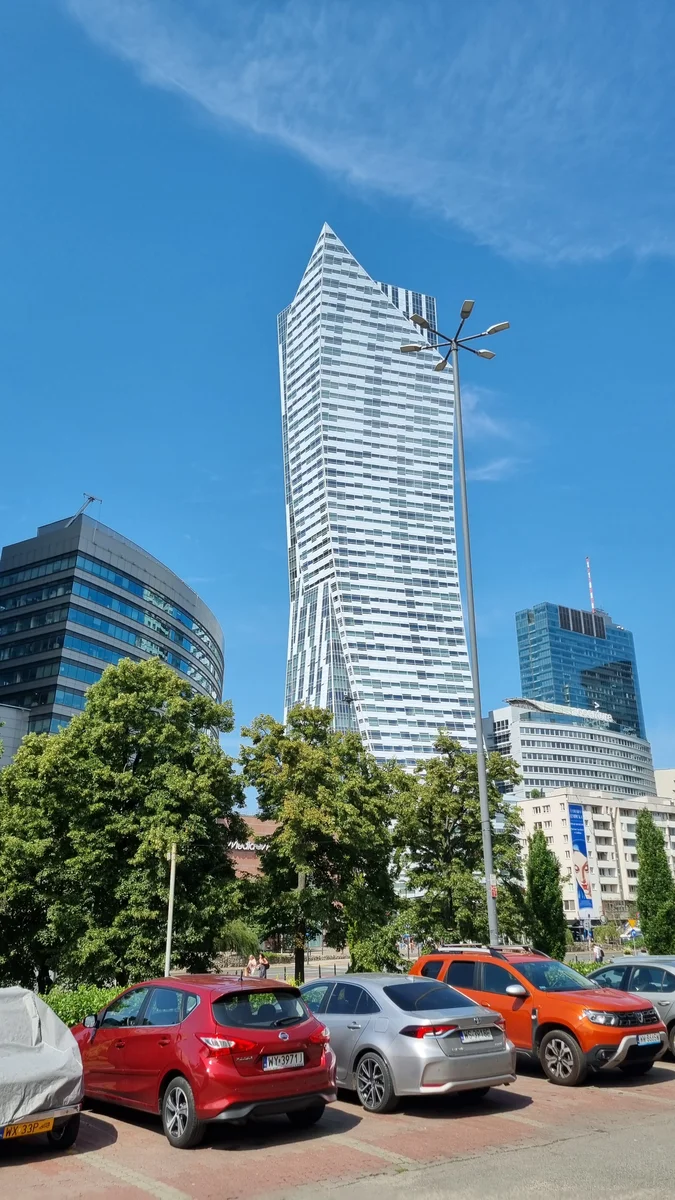
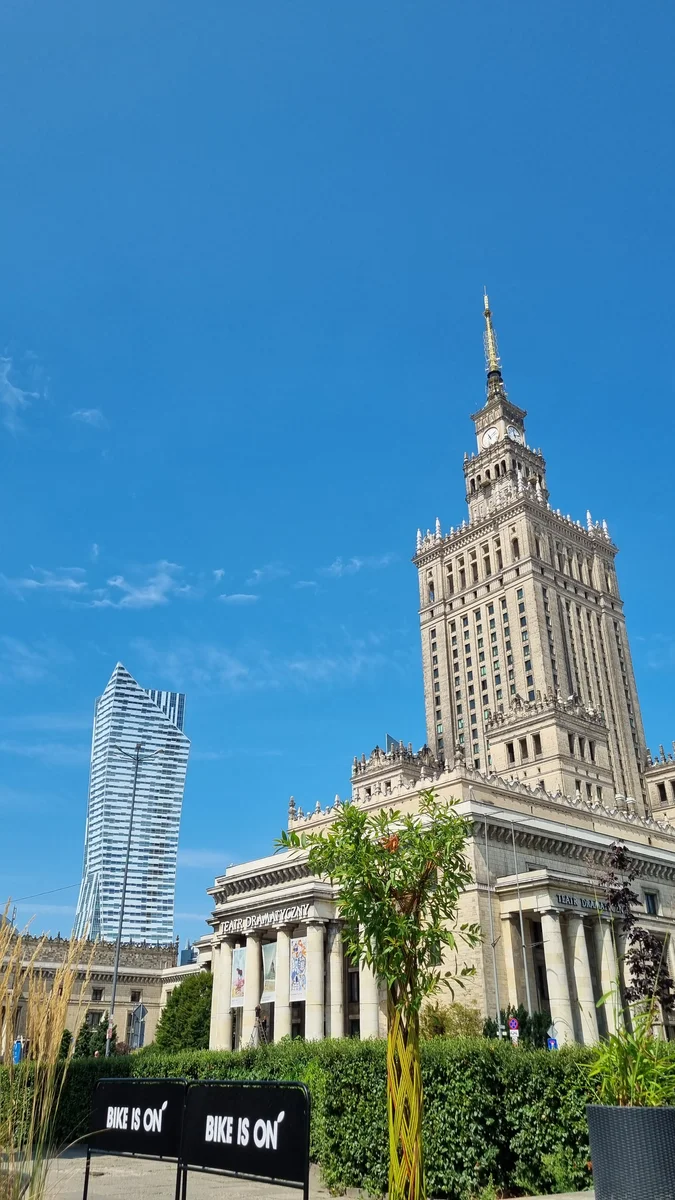
What Else to See in Warsaw
If you have some time left after the main route and want to see even more of Warsaw, you can visit places that were not included in our list but are also worth visiting.
- Warsaw University Library. It is not only a repository of books but also an architectural landmark. It is notable for its green roof garden, which is considered one of the largest in Europe. The garden is open to visitors from May to October; admission is free.
- Praga District. Situated on the right bank of the Vistula, it is a bohemian district with an industrial past. Today, it is a centre of alternative culture with galleries, murals, and trendy cafés. Key points: Soho Factory (ul. Mińska 25) — an art space with exhibitions and restaurants, the Neon Museum (ul. Mińska 25), which houses illuminated signs from the times of the Polish People’s Republic (ticket around 20 zł, open from 12:00 to 17:00, closed on Mondays).
- The Vistula Embankment. The embankment runs along the left bank of the Vistula River. In the summer, there are bars, boat rentals, and bike paths, and in the winter, an ice rink opens. In the evenings, it comes alive with concerts and food trucks.
- Roof Garden of the Copernicus Science Centre. The Copernicus Science Centre is a popular science museum, but its main attraction is its roof garden. This green oasis with plants and benches offers views of the Vistula and the National Stadium. Entry to the garden is free and open from 10:00 to 20:00 (from May to October, depending on the weather), but this only applies to the garden; you need to buy a ticket to enter the museum.
- Chmielna Street. Chmielna Street is a pedestrian zone in the center, between Nowy Świat and the Palace of Culture. It features 19th-century buildings, small shops, cafés, and photo zones.
Where to Eat in Warsaw
Warsaw’s gastronomy combines traditional Polish cuisine with modern influences and international flavours. From hearty pies and meat dishes to vegan burgers and specialty coffee, the city offers options for every budget and preference.
Establishments with traditional Polish cuisine:
- Zapiecek is a chain of restaurants specialising in Polish pies (pierogi) and soups. Located in the city centre, for example at ul. Freta 18 in the Old Town. The menu includes pies with meat, mushrooms, cabbage or cottage cheese (a portion of 6–8 pieces — 25–35 PLN), as well as żurek (sour soup made with rye sourdough, around 20 PLN) and nalivka (fruit liqueurs, 10–15 PLN for 50 ml).
- Podwale 25 located on ul. Podwale 25 near the Barbican. Here you can try traditional meat dishes in the atmosphere of an old tavern. The menu includes roast duck with apples (around 60 PLN), pork knuckle (50–70 PLN) and bigos (stewed cabbage with meat, 25–30 PLN). Craft beer is served with the dishes (0.5 l — 12–18 PLN). The average bill is 40–60 PLN.
- U Fukiera is one of the oldest restaurants in Warsaw, it is located on the Market Square (Rynek Starego Miasta 27). This sophisticated establishment with a historical interior offers more expensive versions of Polish dishes: porcini mushroom soup (30–40 PLN), venison fillet (80–100 PLN) or duck dumplings (40–50 PLN). The average bill is 100–150 PLN, which is above average.
You can try modern Polish cuisine in:
- Hala Koszyki (ul. Koszykowa 63) is a trendy food hall in a restored 1908 building, where dozens of cuisines are gathered: from Vietnamese pho soups (25–35 PLN) to Neapolitan pizza (30–45 PLN) and Middle Eastern mezze (20–40 PLN). Drinks include craft beer (15–20 PLN) and cocktails (25–35 PLN). Average bill: 30–70 PLN. The atmosphere is lively, with live music in the evenings.
- MOD, located on ul. Oleandrów 8, combines Asian and European cuisines in a modern interior. The menu includes ramen with chicken or pork (30–40 PLN), burgers with local ingredients (35–45 PLN) and French desserts such as crème brûlée (20–25 PLN). Average bill: 40–60 PLN.
- Warszawski Sznyt (ul. Senatorska 2) offers local cuisine with a view of the Castle Square. The menu includes dishes made from Polish products: beef tartare (40–50 PLN), forest mushroom soup (25–35 PLN), and desserts with seasonal berries (20–30 PLN). Average bill: 60–100 PLN.
Places to have breakfast and coffee:
- STOR (ul. Tamka 33) is a specialty coffee shop near the Chopin Museum. The menu includes espresso (8–12 PLN), flat white (12–15 PLN), and filter coffee (10–15 PLN), as well as sandwiches (15–25 PLN) and pastries (10–15 PLN).
- Ministerstwo Kawy (ul. Marszałkowska 27/35) is another specialty coffee shop popular among freelancers. They offer coffee using alternative brewing methods (12–18 PLN), croissants (8–12 PLN), and ciabatta (15–20 PLN).
- Bułkę przez Bibułkę (ul. Złota 11) is a chain of cafes with hearty breakfasts. The menu includes avocado toast (25–35 PLN), omelettes with vegetables (20–30 PLN) and granola with yoghurt (15–25 PLN). Coffee — 10–15 PLN.
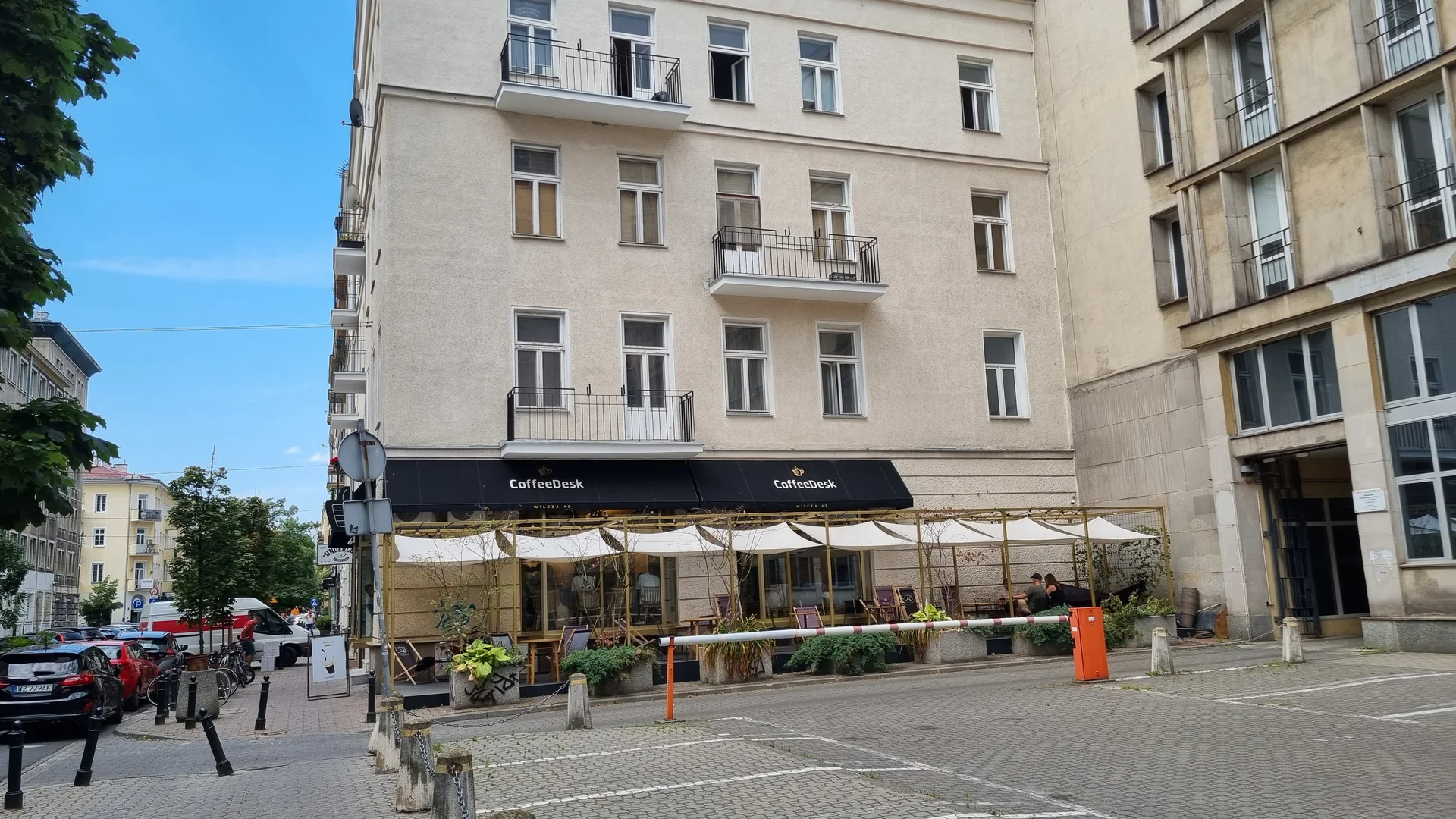
Let’s Sum Up
Warsaw in two days reveals itself to the traveler as a combination of centuries-old history and modern hectic life with high-rise business centers. It is better to choose spring (April-May) or autumn (September-October) for visiting, when the weather is mild, there are fewer tourists, and festivals enliven the city. In winter, Christmas markets open, creating a festive atmosphere, but Poland is located near the cold Baltic Sea, which is why it can be cold in winter.
In any case, two days are enough to get acquainted with the main sights, but to fully explore Warsaw, you will need much more time.
Author
I write informative articles about real estate, investments, job opportunities, taxes, etc.








